The Secrets of Greenland: Part One of "A Country, A Colony, and A Canal"
The US occupied the Danish territory during WWII, later massively contaminating its waters when four nuclear bombs dropped into a fjord.

President-elect Donald Trump this week pulled up at the global geopolitical drive-through and put in a memorable order. “Gimme one country, one colony,* and one canal…” he demanded, though not in those exact words.
To wit: he announced that he’s aiming to annex Canada, seize Greenland, and take back the Panama Canal in short order.
Trump said he plans to economically coerce Canada to become “the 51st state,” adding that he wouldn’t rule out military action when it came to Greenland, an autonomous region of Denmark, a NATO ally and part of the European Union. Military force might also be used, he said, to take back the Panama Canal, which was built by the US but ceded to Panama in 1999.
Trump’s theatrical way of announcing, “Hello world, I’m baaack!” already has global leaders falling off their chairs, with European officials threatening to militarily defend the island if he moves on Greenland, since it’s technically an EU territory.
*Since 2009, Greenland, which was a Danish colony for centuries, is now an “autonomous territory” with self-rule and its own prime minister and parliament. The Danish king remains its head of state, and Denmark with help from the US is responsible for its security. The prime minister is loudly calling for full independence from Denmark.
While rattling the world, Trump’s stated desires to dramatically expand the US map do touch on very interesting history and underscore geopolitical concerns of huge importance even if they rarely make headline news: namely, the Arctic Ocean, mining rights to rare minerals, and China’s opening of ports, bridges, and mines across South America, Asia, and Africa.
So let us delve into the allure and the history of real estate that the president-elect covets — starting with a dive into Greenland, (or Kalaallit Nunaat as it’s known in Greenlandic), a land that not long ago was occupied by the US. It was also the site of a nuclear nightmare when four American hydrogen bombs went down in a fjord.
The world’s largest island that isn’t a continent, Greenland is nearly five times larger than California and 50 times bigger than Denmark, the kingdom that claims it despite sitting 1,800 miles away. The planet’s most sparsely populated land with a mere 57,000 residents, Greenland (or rather, its capital, Nuuk), is physically closer to New York than to Copenhagen.
Danish claims to the territory are the reason the Kingdom of Denmark is considered the 12th-largest country in the world by size; without it, the kingdom would be one of the smallest.

Thick with glaciers and mountain ranges, 80% of Earth’s most northern land is covered in ice — but it’s quickly melting, allowing new mining of rare earth minerals — and that’s part of its apparent allure to Trump, all the more since China controls many of the world’s rare mineral mines.
Among Greenland’s mostly untapped riches: oil, natural gas, uranium, gold, cobalt, zinc, lead, and a bunch of other minerals used in electronics.
The other attraction of Greenland is its strategic location in the Arctic Circle, where melting ice is opening a new Arctic transport route — the Northern Sea Route — that’s controlled by Russia and causing everybody to wig out, all the more since Russia is building a necklace of military bases in the Arctic.
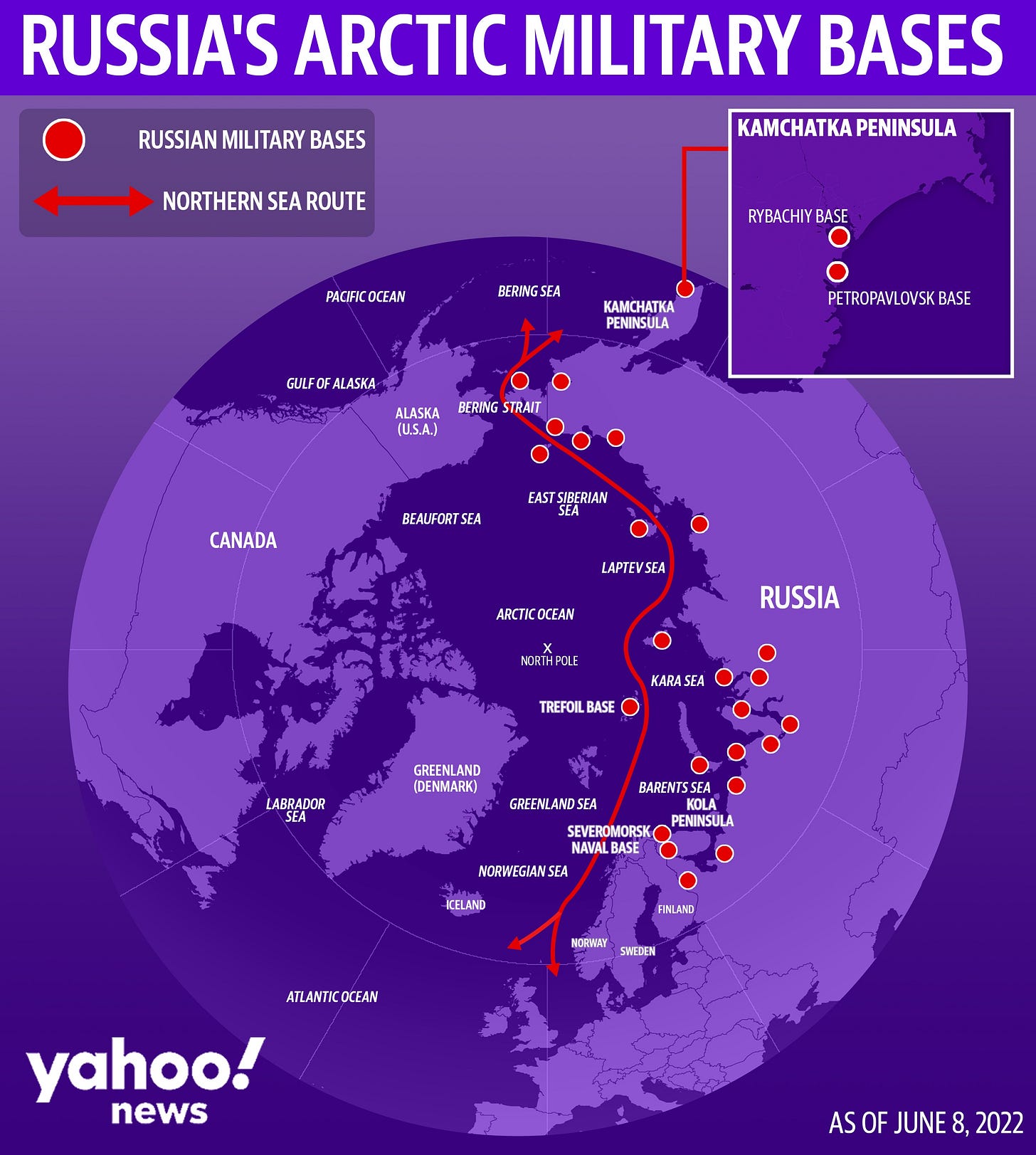
The president-elect is not the first American leader to covet the island: in 1867, after buying up Alaska from Russia, President Andrew Johnson’s administration was interested in snatching up both Greenland and Iceland, also a Danish colony back then, for $5.5 million. In 1946, President Harry Truman upped the ante considerably, trying to convince Denmark to part with Greenland for $100 million, citing the island as a “military necessity” — after the US discovered its utility during World War II, which we’ll get to in a moment.
Long populated by the Inuit peoples, Greenland was “founded” in the 10th century by the Nordic Viking Eric the Red — who’d been exiled with his murderous father from nearby Iceland. Eric called it “Groenland,” to make it attractive for settlement, although the place was not exactly verdant; as the local saying goes, “Greenland is icy and Iceland is green.” The land popularized in Viking sagas was claimed by Norway in 1261 and Norway united with Denmark in the late 1300s, which is where Denmark’s claim to the island stems from.
In 1721, Greenland became an official colony of Norway-Denmark. Walrus ivory was a popular export for many centuries.
After Norway and Denmark broke up in 1814, Danes moved in to tightly control Greenland — allowing only Danish companies to trade there — and in 1933, an international court ruled that it belonged solely to Denmark.
However, seven years later another country took over control of the island: the United States. The reason: in 1940, Nazis rolled into Denmark and occupied it. Ignoring Copenhagen’s commands, local leaders of Greenland SOS-ed the US, which sent its military there to prevent Germany from trying to seize it — or control its valuable mine of cryolite, which is key for making aluminum.
By 1941, the US was building bases on the island, with Thule Air Base being only one of at least 17 US military facilities ultimately built there in hush-hush conditions.
After World War II, Greenland returned to Danish rule and, initially at least, Denmark moved to push out the US. However, even though Truman was rebuffed when he tried to buy Greenland, the US remained integral to the island’s defense, all the more when NATO was formed in 1949, uniting Denmark and the US as allies, and some bases were used by both countries.
Even though Denmark was supposed to be nuclear-free, in 1954 an updated air defense system at Thule Air Base included the addition of nuclear weapons, one of many secrets kept from locals — and often from Denmark. The US built an ice base, Camp Century, with a nuclear reactor, and began a clandestine program — Project Iceworm — to create an underground city with 2,500 miles of under-ice tunnels, where thousands of nuclear warheads were to be deployed. The plan wasn’t completed, shutting down in 1965, when studies revealed that the overhead glaciers would cause the tunnels to collapse.
Although the nuclear reactor was removed, it’s unclear what’s still down there. In 2017, the US issued a statement that it would work with Denmark, which didn’t know about Project Iceworm, to clean it up.
The US also began testing operations of planes carrying nuclear weapons over Greenland. On January 21, 1968, a B-52 carrying four thermonuclear bombs experienced a cabin fire, growing so thick with smoke that pilots couldn’t see the control panels. Near Thule Air Base, the crew ejected — six successfully, one dying — and the plane crashed seven miles away, in Baffin Bay, the jet fuel blackening the ice for miles, and more hazardous substances leaching out.
While the bombs didn’t detonate, their radioactive contents leaked into the waters — the effect being that of a dirty bomb. Initially, US commanders wanted to just leave the mess, but Denmark had a fit and demanded a cleanup. The radioactive water, snow, ice, and wreckage was shipped off to the Savannah River facility, with assessments that about 93% of the radioactive elements had been contained.
The US military long maintained that all four bombs had been accounted for — but that was untrue. The fourth bomb is still down there.
Despite articles that spotlight some of the US and NATO facilities and operations on the island, most still remain murky as Greenland remains key to NATO spying and missile defense. In 2020, Thule Air Base officially became part of the US Space Force, and in 2023 it was renamed Pituffik Space Base.
With Trump’s renewed interest in Greenland, which he previously wanted to buy, but now comes with threats of a military seizure — which would be very awkward given that it’s a key part of NATO — Denmark is boosting military expenditures to protect the island.
Greenland’s prime minister keeps repeating that the island is not for sale. But, as pointed out by CNN, Greenland’s economy relies on an annual grant of around $500 million from Denmark. What if Trump supported their move for independence, but offered them a billion or two for unfettered access?
The support-for-independence-in-exchange-for-something idea does have precedence: that’s how President Theodore Roosevelt helped to create the country of Panama in 1903, where the US soon began building the Panama Canal.
And utterly fascinating Panama is the topic of the next post in this series.,,
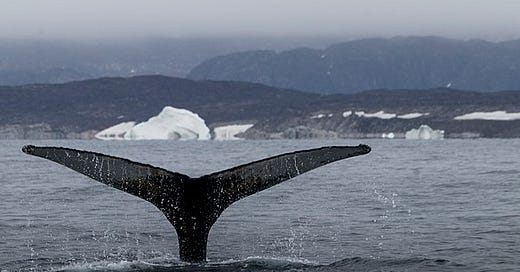



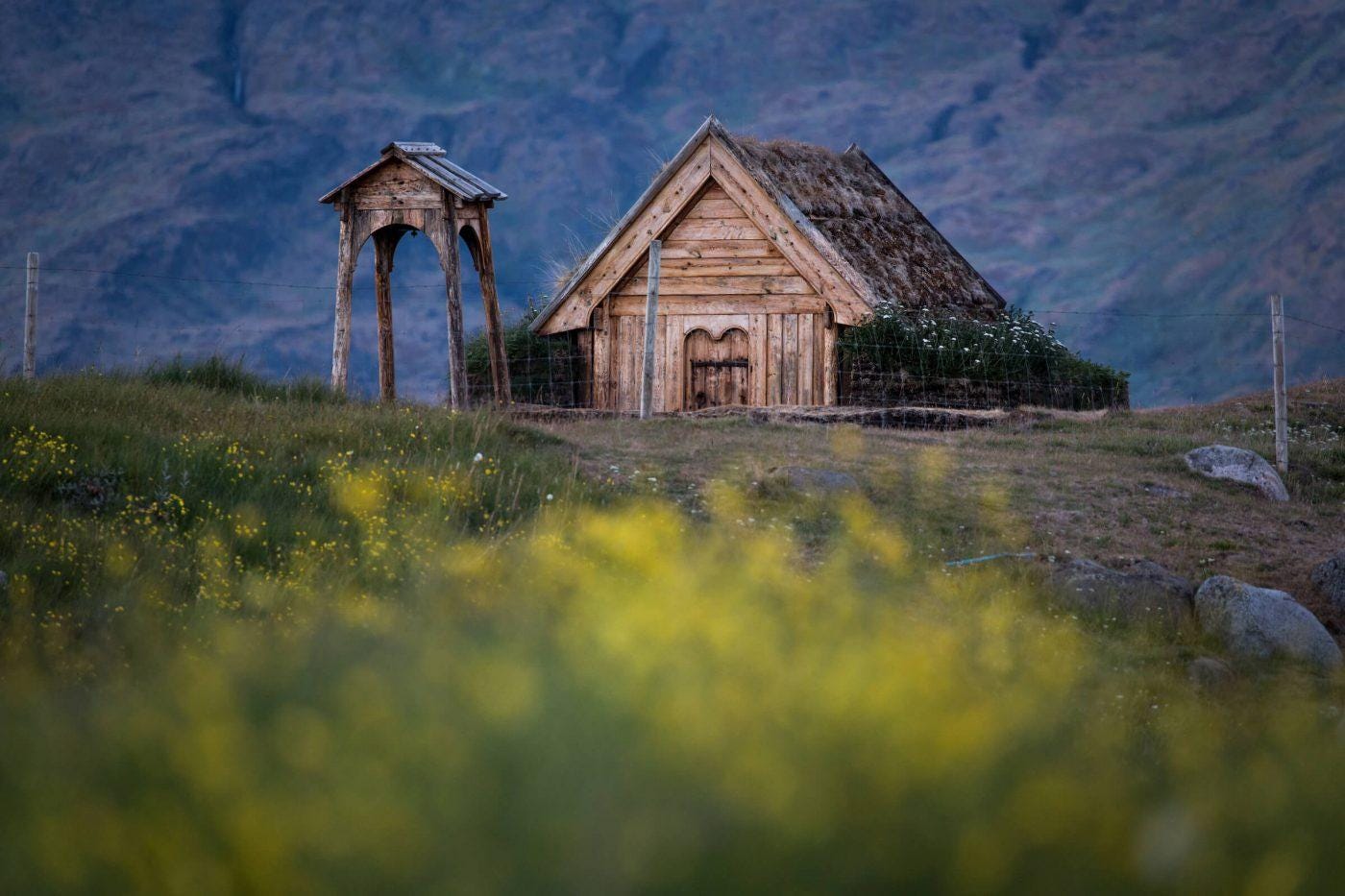
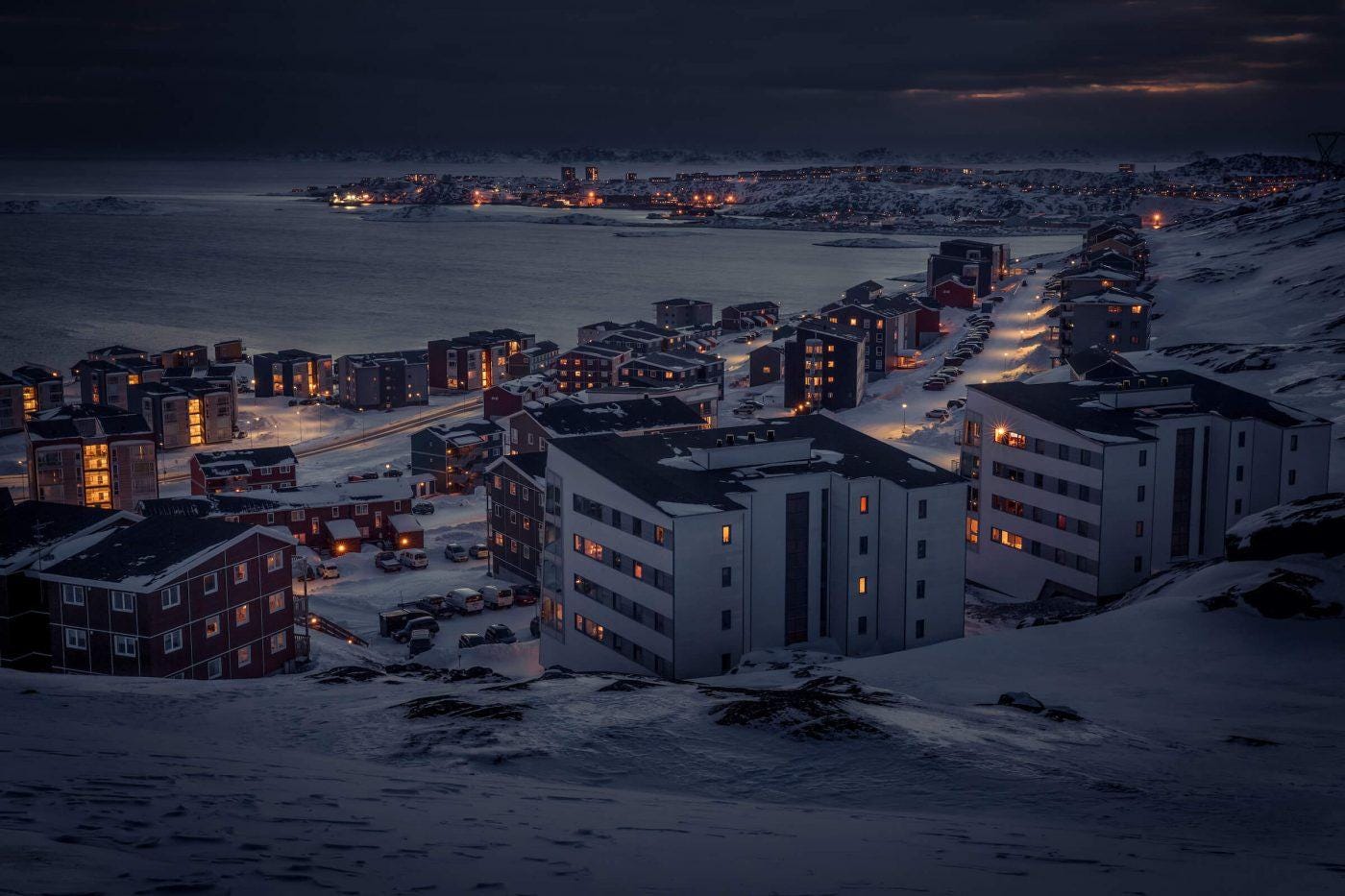
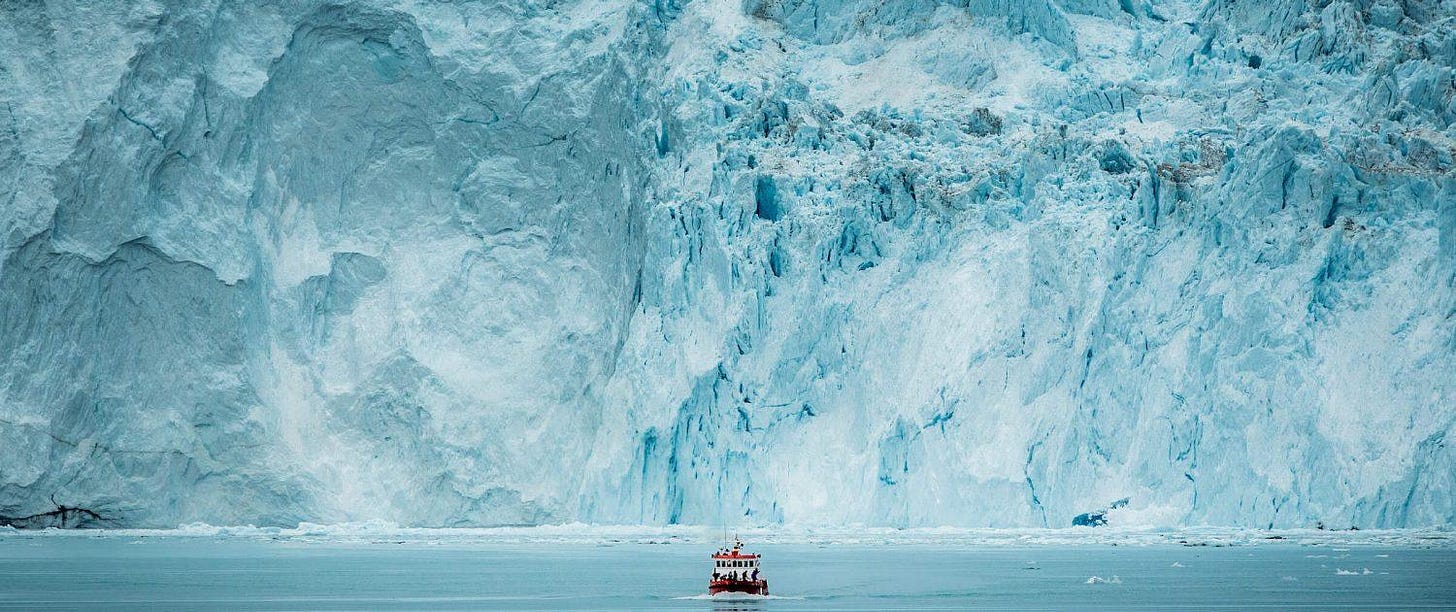
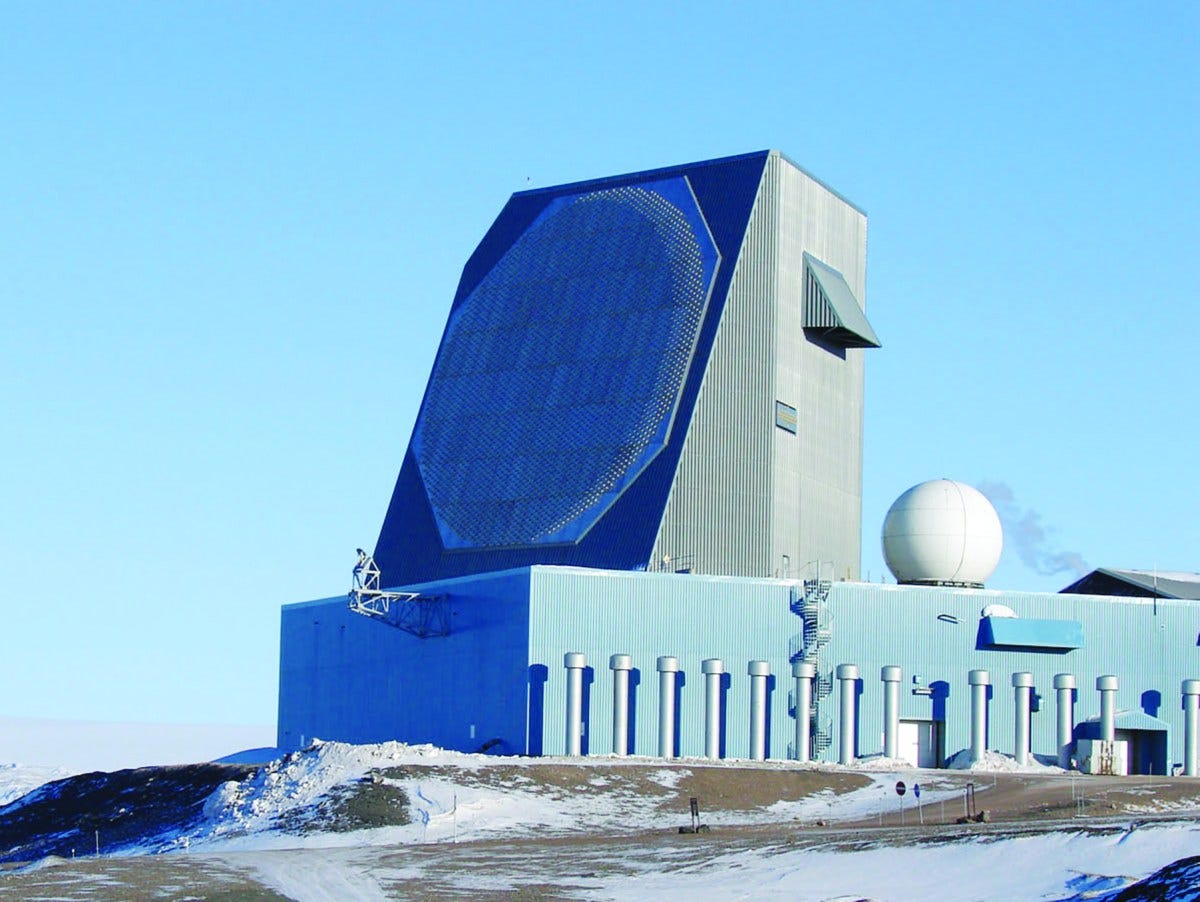
Bravo, Melissa! This is exactly the kind of journalism we need -- facts, truly and independently presented in a style that made me eager to read on to the end. I learned so much! Looking forward to Panama, Arlee
2022? You were two years prescient about Donald Felon’s latest diversionary tacit !!
Also, as a knower of many things aluminum I was shocked I had never heard of;
https://en.wikipedia.org/wiki/Cryolite